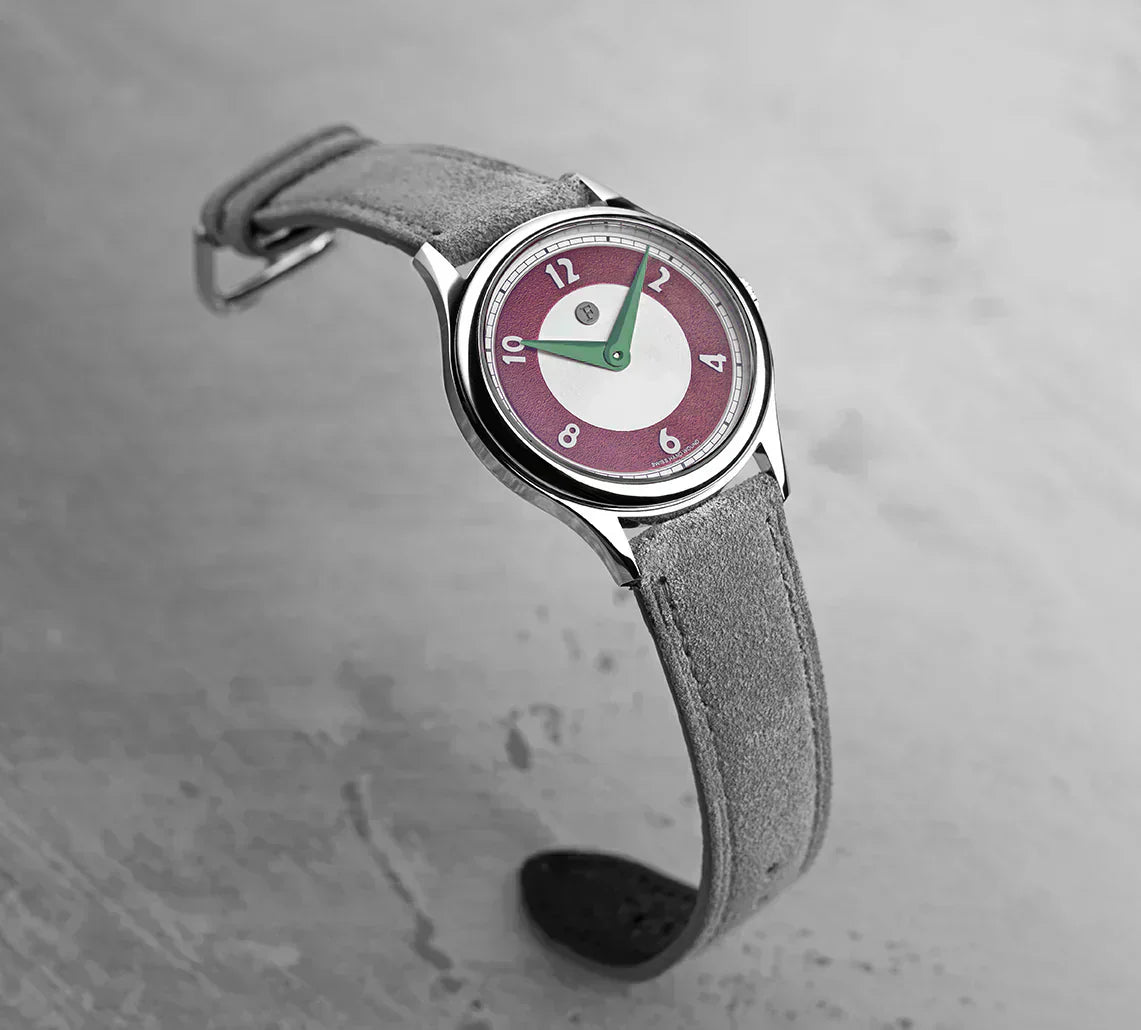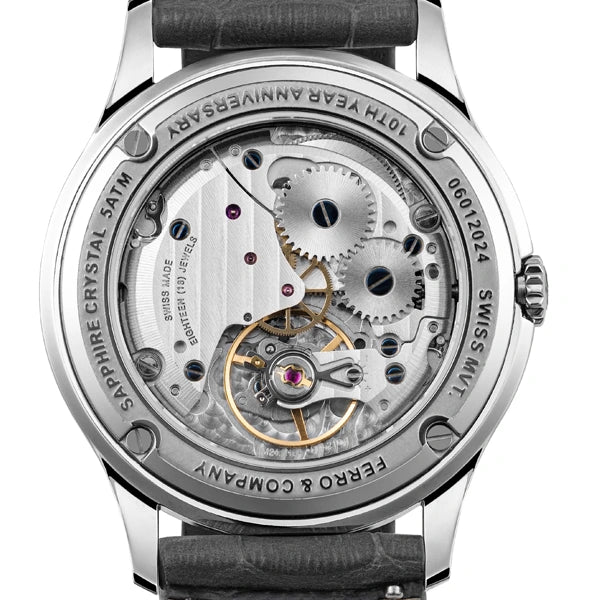There are two different types of watch movements: quartz or mechanical. “Movement” refers to the engine that runs the watch. Mechanical movement includes both self-winding and manual-winding, but when we talk about “automatic” we’re referring to self-winding.
So what is the difference between quartz movement watches and automatic movement watches? Don’t they both operate without the need for winding? Is there a reason to choose one over the other--and if there is, how do I choose?
We’ll look at how each watch works and help you decide which is right for you.
What is Quartz Movement
Quartz movement is the standard movement for many watches. The vast majority of watches currently made have quartz movements They have been around since the late 1960s and although they started life as extremely expensive, technology has advanced with these watches to make them very affordable, which is why there are so many of them.
Quartz watches are powered by a battery. The battery sends a signal to a tiny piece of quartz crystal in the watch’s circuitry. Why quartz? Because when electricity is sent through it, quartz oscillates on a very specific frequency: 32,728 times per second. This constant oscillation is what the watches use to keep time. Quartz can be used in either digital or analog watches and is considered very reliable--they only need to have the battery replaced every few years.
What is Automatic Movement?
All clocks and watches used to be mechanical, but the innovation of the self-winding (automatic movement) watch is a more modern invention.
Basically, the watch winds itself by the movement of your wrist. These watches are made up of hundreds of tiny parts which are very sensitive to movement, and when you wear the watch in just your day-to-day life, the movements you make--whether it’s swinging your arm while you walk, or rotate your wrist as you turn a steering wheel, or move your hand while you eat--all cause an internal weight inside the watch to rotate and transfer energy to a power reserve.
As long as you wear the watch consistently, it will always remain “charged”. (An automatic watch has a power reserve of a little less than two days on average.)
Because of all the tiny parts and intricate and complex design, these watches are more rare and expensive than quartz movement watches.
How Do I Know What’s Right For Me?
Choosing the right watch for you is all about what you find important. Quartz is definitely a cheaper option, because it’s easier to make. It also is extremely reliable--more accurate than an automatic watch when looked at over long periods of time.
They also require very little maintenance, other than changing a battery every few years (automatic watches require a little maintenance every few years as well, but that maintenance needs to be done at a watch shop and is a little more intensive.)
On the other hand, automatic movements are prestigious, partially because they’re more rare but also because they’re such complicated machines. Aesthetically, these watches are often more interesting to look at--some have clear backs that let you see the movement inside, and there is also some interest to be found in the sweeping motion of the second hand. (In a quartz watch, the second hand ticks once per second, while an automatic watch glides along seamlessly.)
But automatic watches are also the watches worn by connoisseurs and aficionados who care about the internal movements, history, and mechanics of watch in the same way that a clothes horse cares about their sartorial choices, or the way a car enthusiast cares about what’s under the hood of their car.
Make no mistake: quartz watches are not bargain-basement watches. The technology is considered very advanced, and the best quartz watches are in any watch collector’s repertoire. On the other hand, it’s rare to find an automatic movement watch that sells for less than $500.
Ultimately, when choosing a watch, you’ll want to make your decision based on aesthetics, durability, design, accuracy, price, and the need for maintenance. Regardless of what you choose, you can end up with a work of art that also functions as a daily tool.

